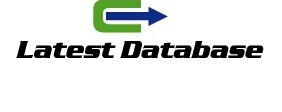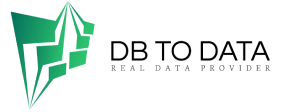Facing everything that business management assumes is not easy, especially if you don’t understand the basic concepts of accounting. In this article, we share with you a dictionary of accounting terms that will help you understand what is a tax duction, what is a financial statement, what is a profit margin, and more. It is an accounting glossary covering the most important concepts of business management. Ready to learn more about finance for entrepreneurs and business people? did you know? 58% of buyers seek to know everything about price in their first contact with a brand.
Generally an angel investor is
Do you know how to do it? See his sources here: 1 Active as an asset, it refers to Cape Verde Email List any asset own by a company and that can be convert into currency. It is one of the most important accounting terms for any company and is divid into fix assets and current assets. 2. Liquid Assets A liquid asset is an asset that, as the name implies, is in circulation and convertible into currency over a period of time. For example, inventory or merchandise is a form of current assets. It’s a fundamental concept for any businessman, which is why we’ve includ it in this accounting glossary. 3. The concepts of fix assets and current assets are different. Fix assets refer to commodities that are own and not sold. An example of fix assets is machinery and real estate. Fix assets are one of the most important items in account analysis.
A person who has a large amount of
4 Tax agency A tax agency is a public body responsible for controlling the BT Leads taxation system of a country. For example, the national government of Peru is responsible for channeling taxes. Although many people don’t include it in the list of concepts in the accounting glossary, the tax authority is very important and worth knowing. For example, you have to pay income tax to these types of establishments. Who Comes Up With Accounting Terms Source: 5. Opening Balance Opening Balance is one of the most commonly us accounting terms because this is what every company has at the beginning of each fiscal year.
Tags: B2c Email List, Buy Consumer Email List, Cape Verde Email List, Consumer Email Database, Consumer Email List, Country Email List, Mailing Database, Mailing List, Person Email List






